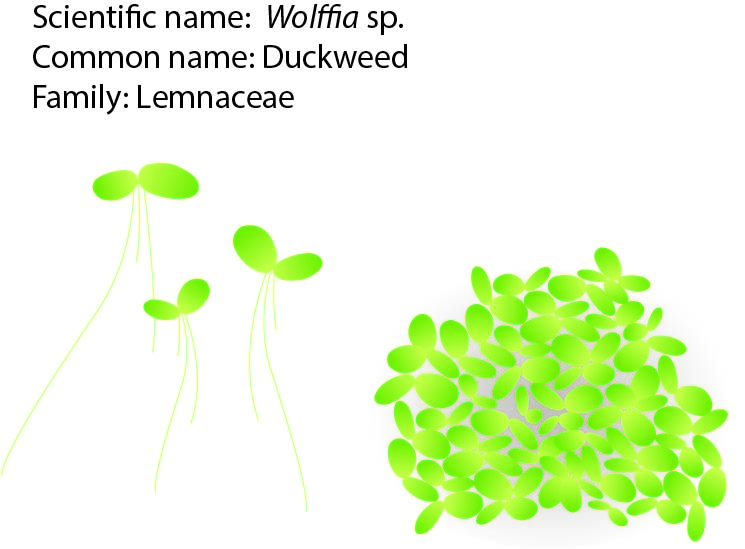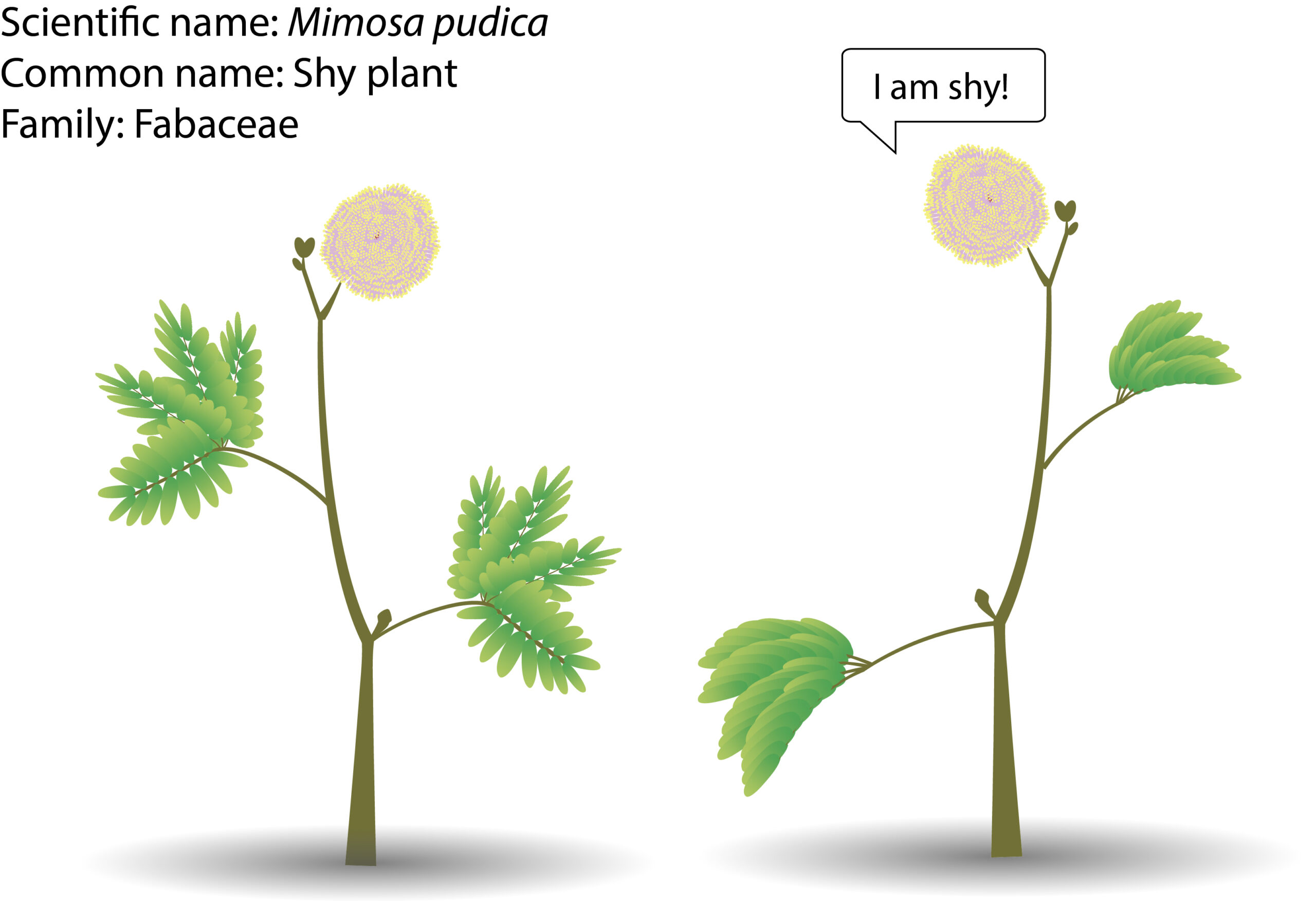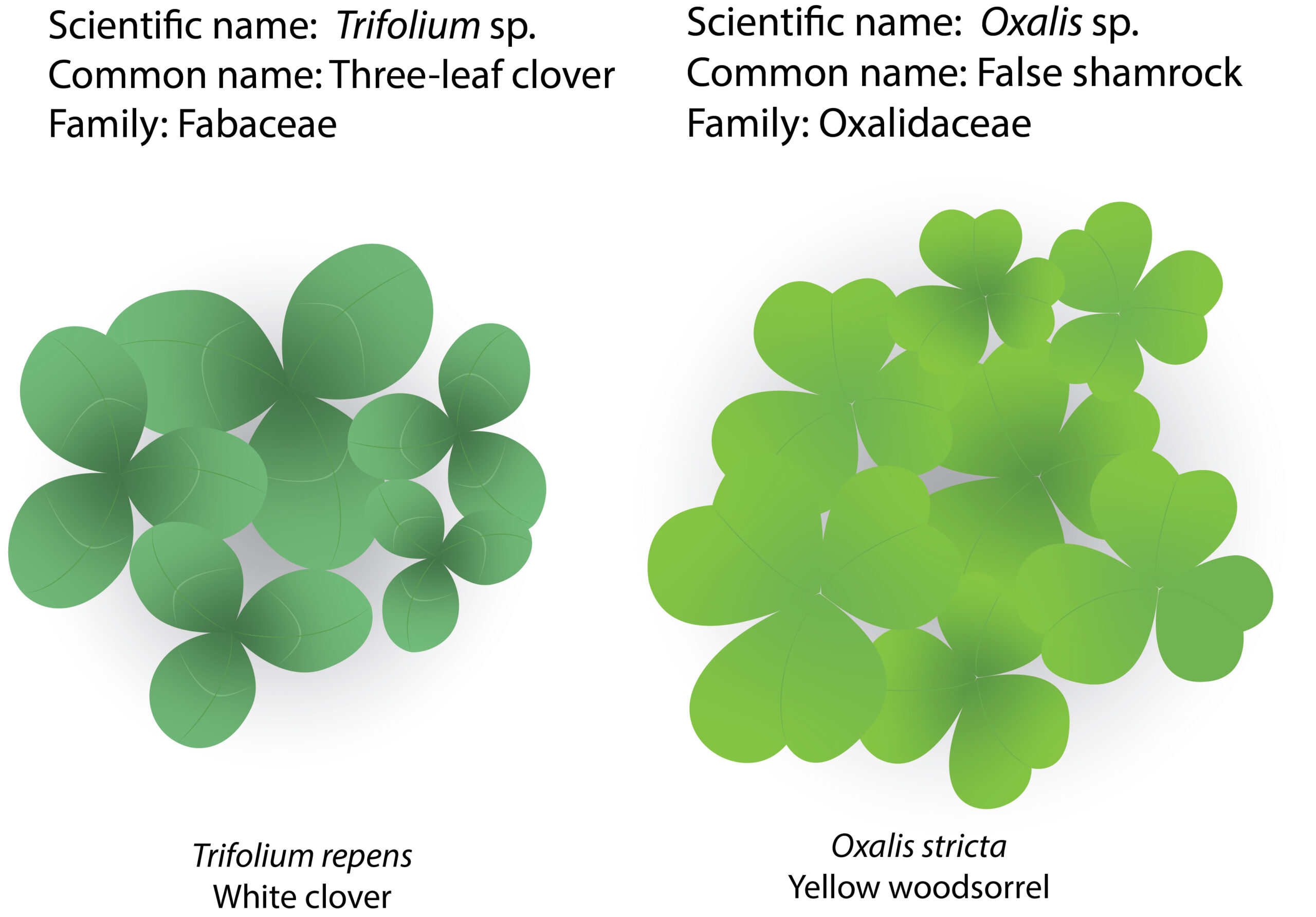Pistia: The Floating Jewel of Aquatic Gardens
Water lettuce, water cabbage, nile cabbage or Pistia stratiotes is a perennial monocotyledonous plant and the only species in the genus belongs to the family of Araceae. It is originated from Florida and Texas and now widespread in ponds of the warmer parts of the world. It is an aquatic perennial widespread or usually known as aggressive colonizer in the tropics and a noxious weed in some areas as it grows in a very wide … Read more







